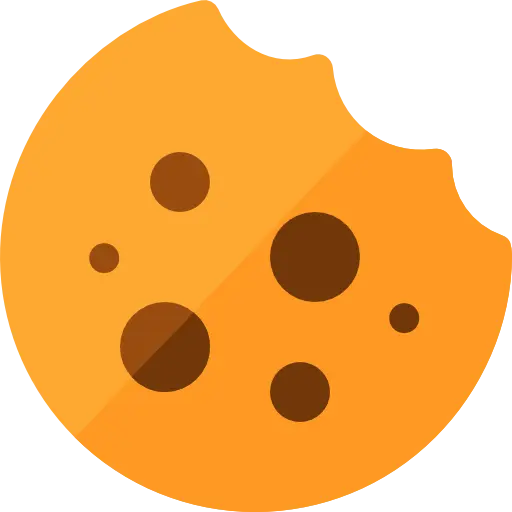HISTORY: For decades the hashtag symbol was more commonly referred to as the pound sign. Some of us may remember using the symbol to play tic-tac-toe during long car trips, or while waiting for our food to arrive in a restaurant. In recent years, this seemingly ordinary symbol evolved into a greater significance in a modern world.
The use of the hashtag to group words and phrases together helps users track updates in entertainment, politics and yes, even #law by tagging keywords, phrases and other strings of texts and letters together.
But where did the hashtag come from??
Twitter didn’t invent the hashtag (#), but it certainly popularized it with the masses.
The use of the hashtag began on IRC (Internet Relay Chat) in the late 1990s, where it was used to categorize items into groups. In August 2007, designer Chris Messina asked his followers how they felt about using the pound sign to group conversations on the micro-blogging platform, and thus became the first person to use the hashtag on Twitter.
Here’s Chris’ original tweet.
“how do you feel about using # (pound) for groups. As in #barcamp?”
After that, Twitter never looked back, and the hashtag was eventually adopted by Instagram, Facebook, Google+, Pinterest and seemingly every other major digital platform. Today, hashtags are everywhere and an important part of every modern marketing strategy.
Hashtagging grew like wildfire, literally, during the San Diego Fires of 2007. Updates on the fire were easily tracked by using the hashtag #sandiegofire…..300,000 people were educated and kept in the look to the latest developments on the fire.
In 2010, Twitter began highlighting hashtags on its homepage based on popularity, thus coining the term “trending” and “trending topics” Trending topics can be searched on all social media outlets.
It took a while for Facebook to catch on the hashtag craze, even after they incorporated its use back in June 2013. Like Twitter, Facebook provides a unique URL of each hashtag you and your target audiences can click on and connect with.
Pinterest has even joined the hashtagging bandwagon. Not the #bandwagon, but the hashtagging bandwagon
On Instagram, photos can provide businesses with an effective tool for influencing and creating brand followers.
Even Google + embraces the hashtag.
HOW CAN HASHTAGS HELP YOUR FIRM??
1. Hashtags create brand awareness.
The power of social media marketing relies on how well you can create engagement and conversations between your business and your targeted audience through your content. Creating a brand recognition and awareness will eventually boost your sales and profitability.
2. Hashtags help build relationships.
#s can provide your business with insights on what your targeted customer are interested in as well as what they are talking about. Do some market research. Click on a hashtag, or search for a hashtag on any of the BIG social media outlets that you think are related to your target audience. Get connected and be able to connect and interact with targeted audiences.
#injuredatwork
#goingthroughadivorce
#planningourestate
#inheritance
#caraccident
#injured
#needlegalhelp
#deadbeatdad
3. Hashtags increase brand loyalty.
#s can provide your targeted audiences with greater insights about your brand or business, letting them know more about your history, which increases brand loyalty.
TO CREATE AN EFFECTIVE #, A hashtag must be written as a single word, without any spaces.
You can include numbers in a hashtag, but punctuation and special characters ($%) won’t work.
You can search for a hashtag using the search bar at the top of any social media page.
You’ll only see posts that include that hashtag.
Limit the number of hashtags in a post. Meaning, don’t have more hashtags than actual words. Social media users often use an excessive amount of hashtags, whether ironically or because they simply don’t know any better. No one should be using 30 hashtags on a single post – not marketers, not attorneys, and not regular civilians. 5 hashtags on a single post is probably even too many, really. Two to three are effective, make the post easily readable, and leave plenty of room for the original, educational, business developing information.

